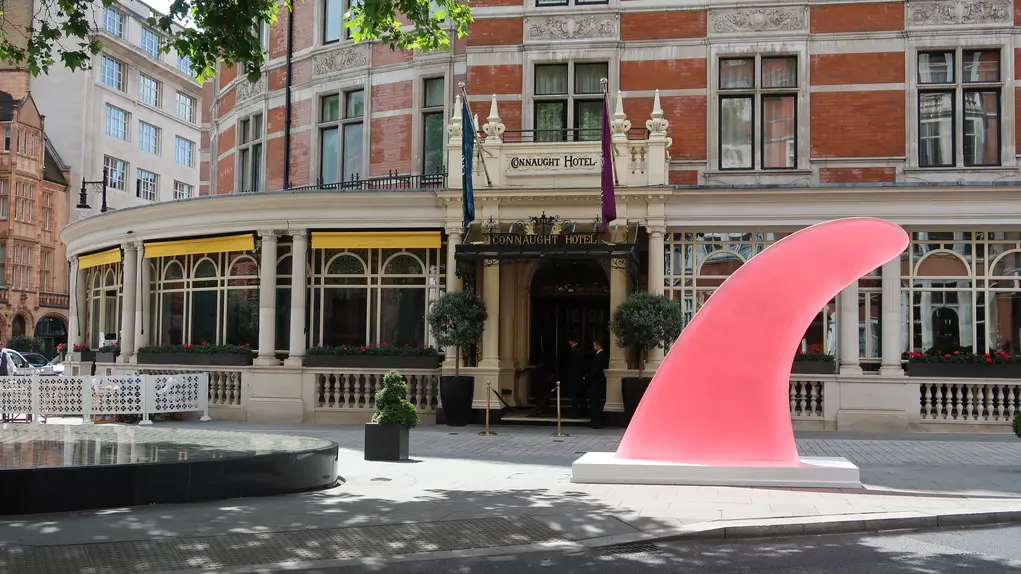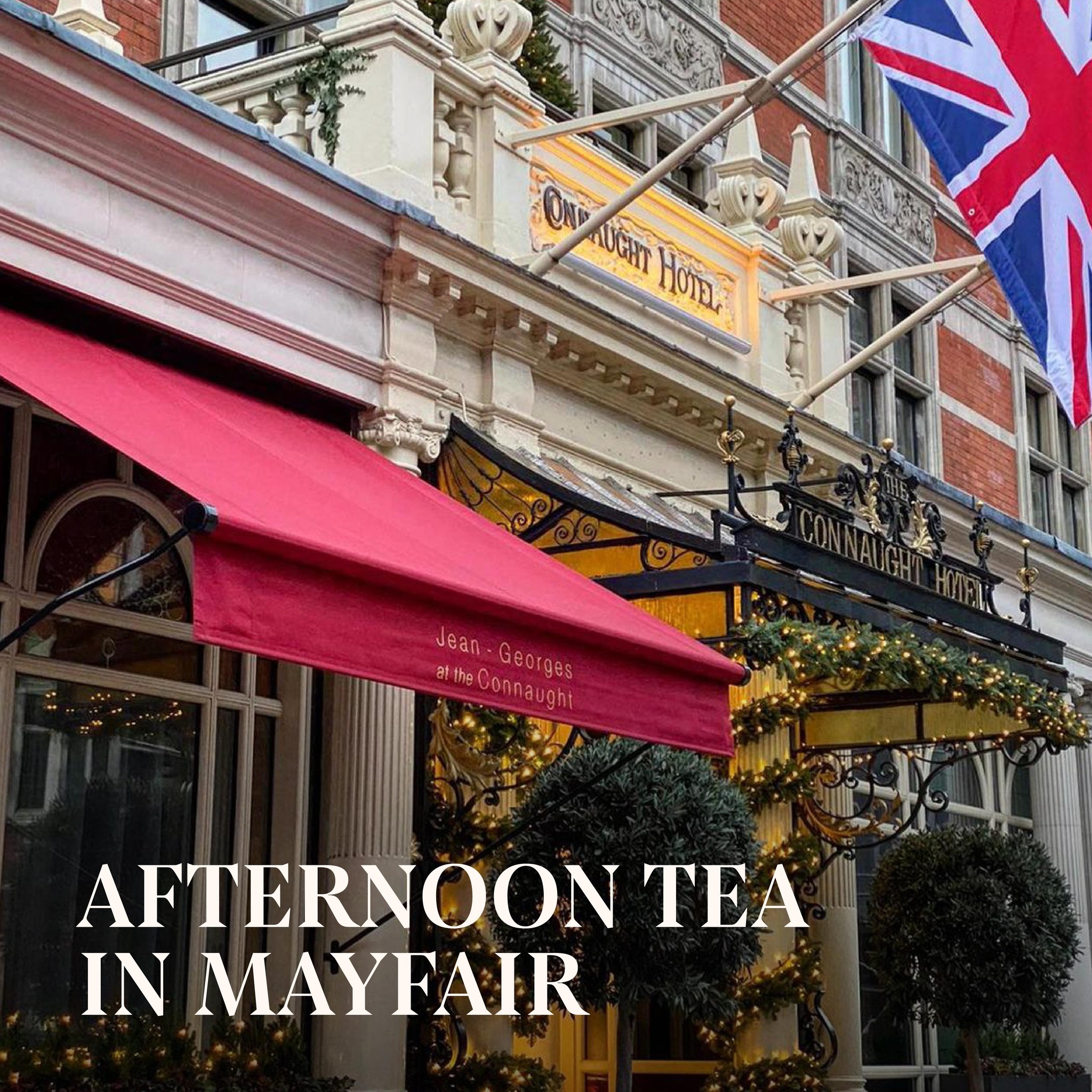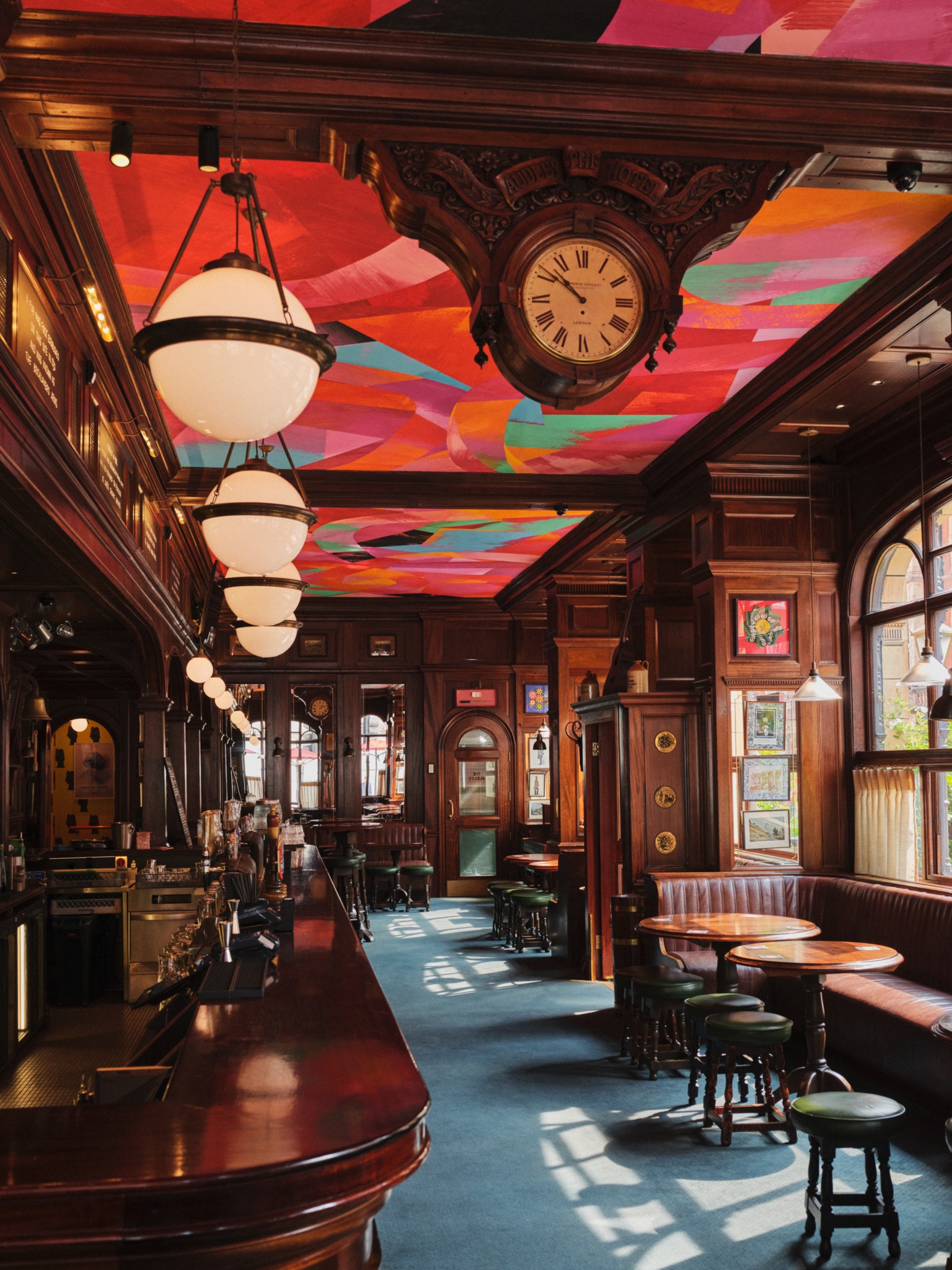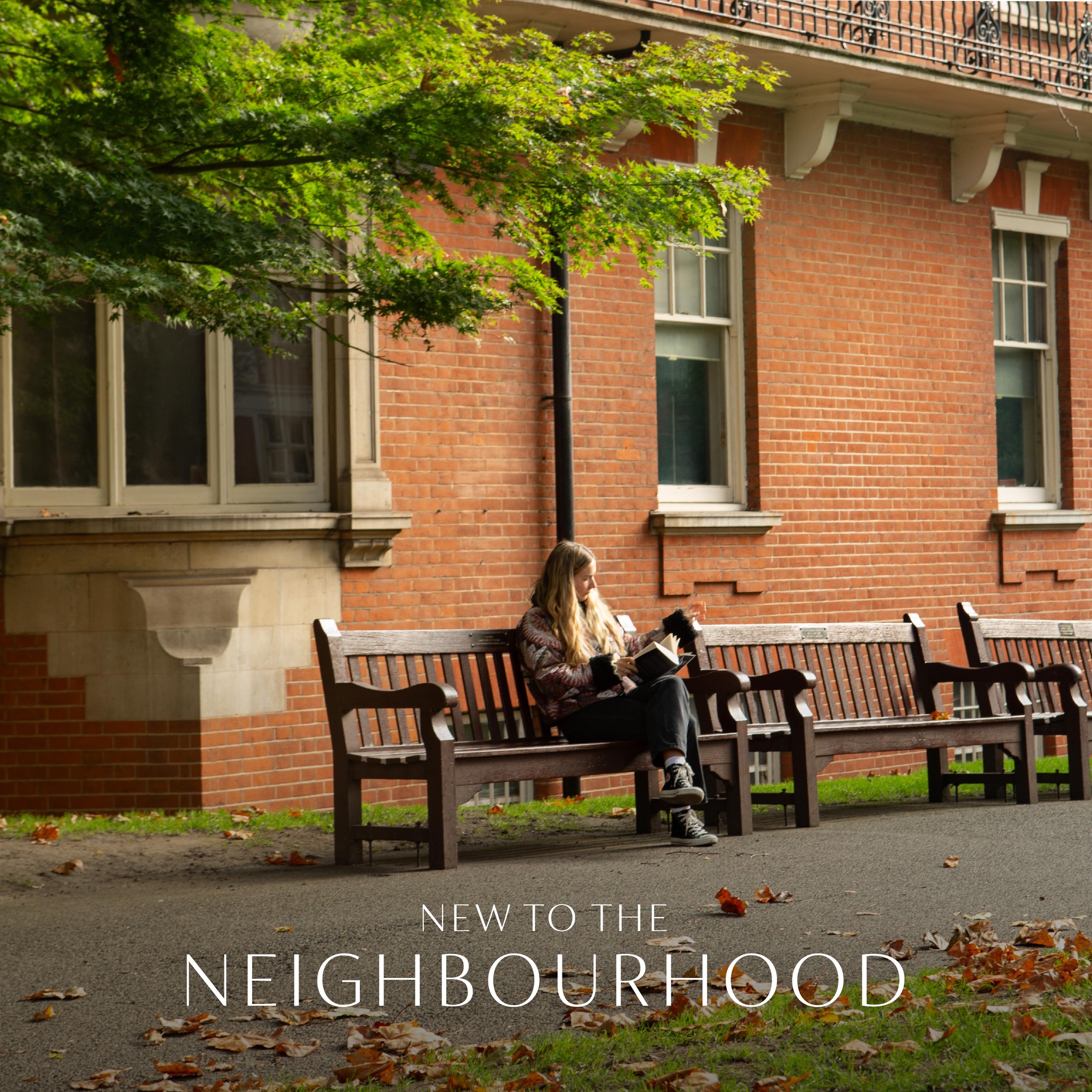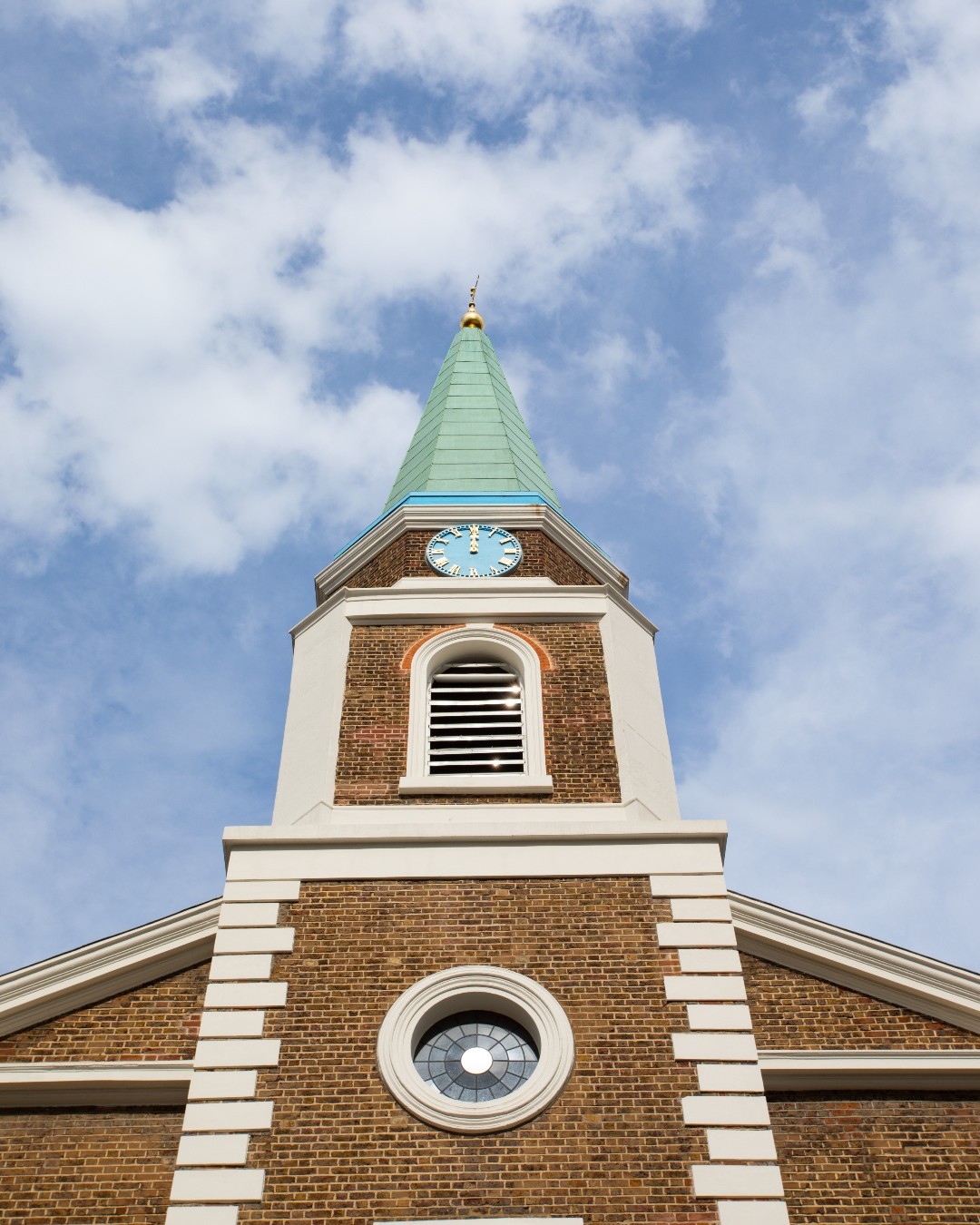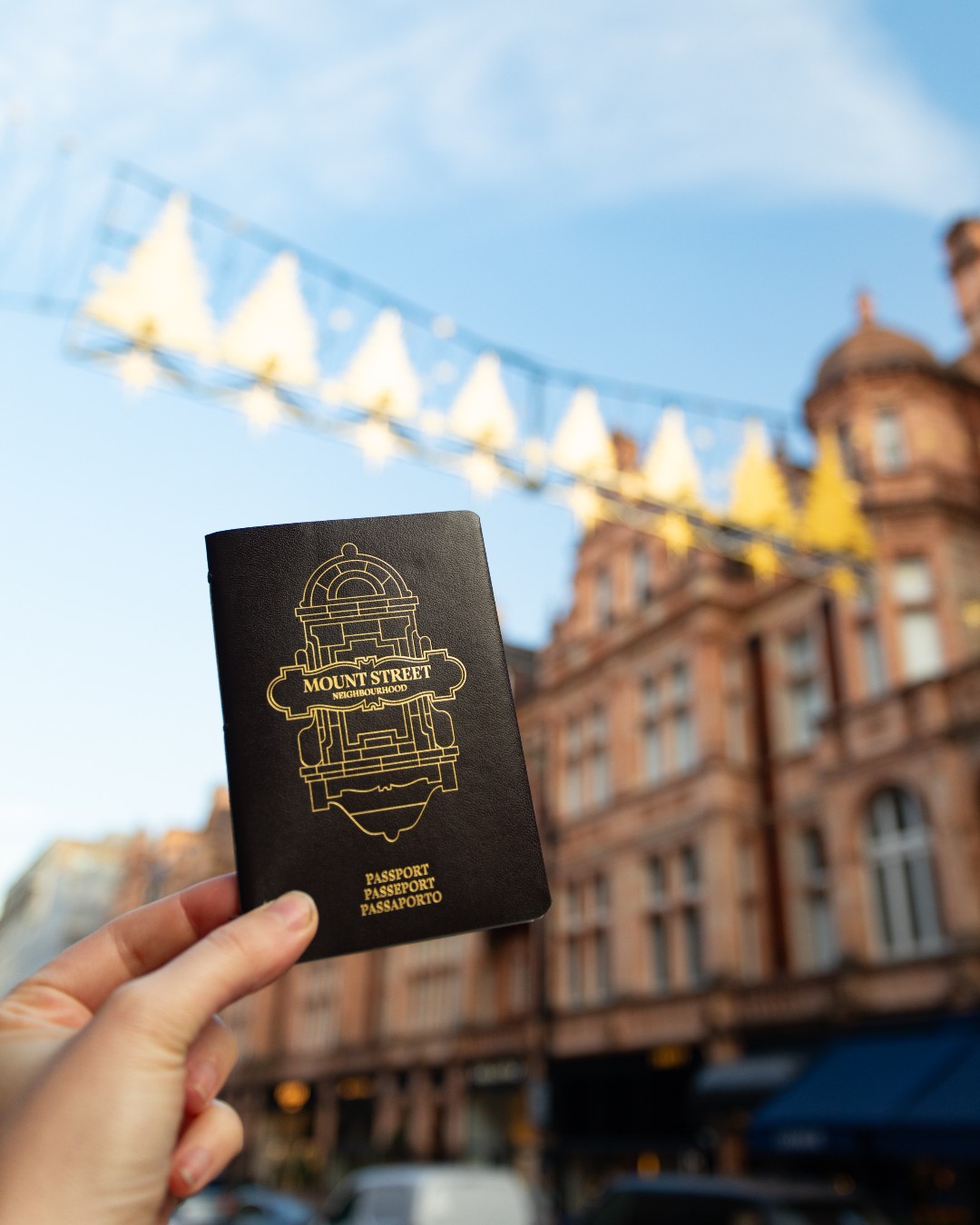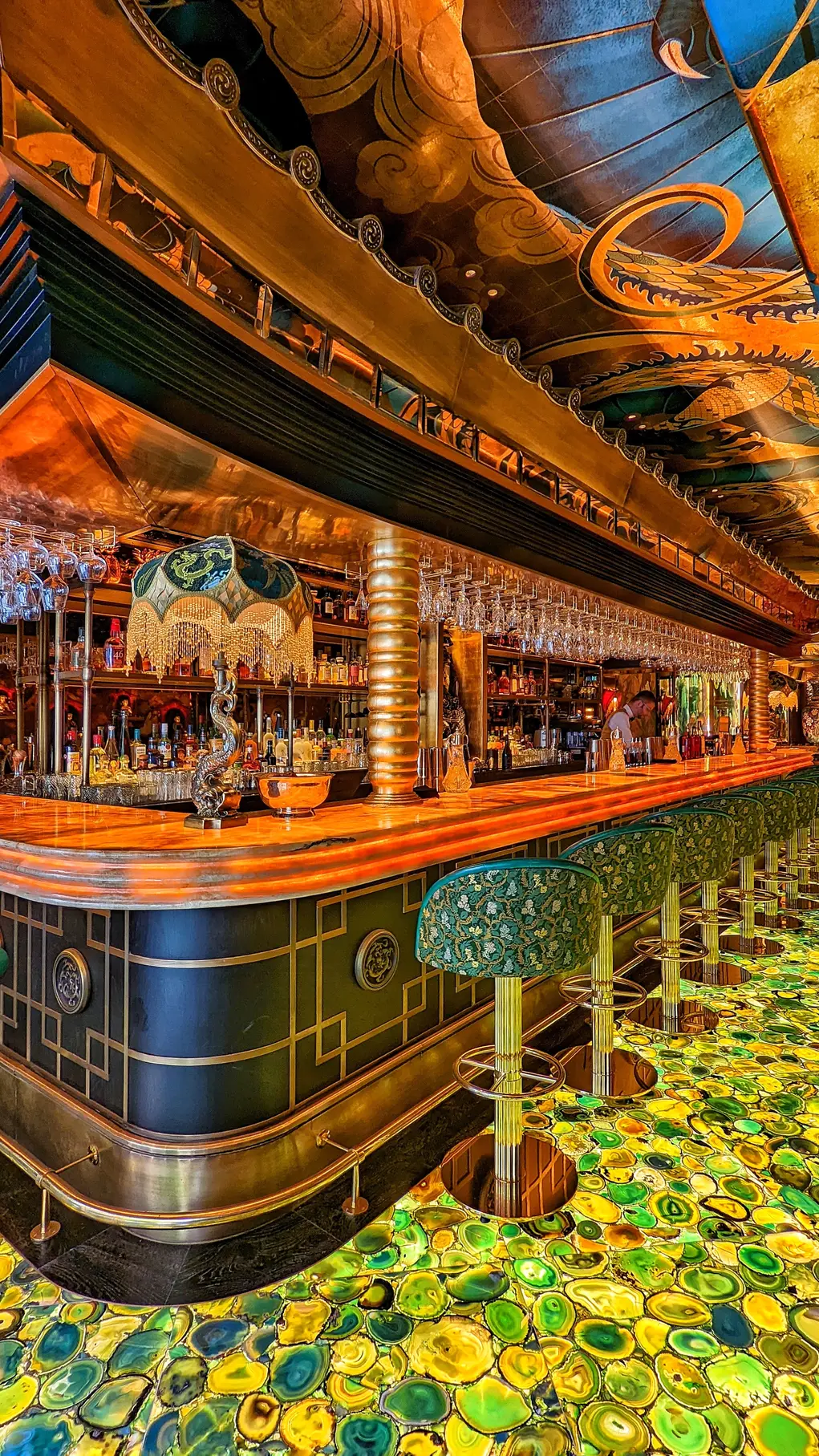Georgian Mayfair: Behind Bridgerton
A striking feature of Bridgerton is the vividly coloured food on display at Court and in the grand drawing rooms: candied fruits, bonbons and stacked up pièces montées, revealing a Georgian soft spot for sugar. If syllabubs, flummeries and obscure cakes are to your taste then you’d have loved Regency times – assuming you formed part of the ‘ton’ (Society).
For them, this was an age of appetites. The ton took its cue from the King and Prince Regent. The Duke of Norfolk ‘would often eat between three and four pounds of beef-steak; and after that take a Spanish onion and beet-root, chop them together with oil and vinegar and eat them.’ He lived to see his seventieth year.
In the smarter London houses, food was available at breakfast, luncheon, afternoon tea, dinner and late supper(s). Mayfair was close to the great markets, notably Covent Garden, where almost any type of food could be procured, even out of season. Access to ice houses and other ‘modern’ preservation methods meant that the best homes remained provisioned throughout summer or winter.
Dinner was formal, requiring eveningwear. The plethora of rules, for example when and how to drink, was matched by the quantity and variety of dishes served. It was bad form for a host or hostess to offer fewer than 15 dishes; usually they offered far more. As for drinking, the Duke of York would regularly consume claret equivalent to 40 units in a night (today’s guidance is 14 units, weekly).
Health-wise, salvation might lie in promenading. It was just as convenient to walk in the gardens of Grosvenor Square or adjacent Hyde Park as it was to attend the opera or gamble at one’s club, and the people-watching could be equally rewarding. Hyde Park’s Rotten Row corrupts the name Route du Roi. It was the royal route between St. James’s Palace and Kensington Palace, and a favoured spot for the ton to preen.
The ton adored entertaining alfresco, especially picnics or fêtes champêtres, which could offer up much-desired fruits such as pineapples or out-of-season strawberries. They might enjoy ice cream on a hot day, or hot chocolate on a cool one, and they loved to have their palates piqued by exotic condiments – say, Zoobditty mutch, billed as ‘a Curious East India Fish Sauce which for its peculiar rich Flavour exceeds every thing of the kind hitherto made use of’.
The markets, cafes, coffee houses, hotels and food types are captured in The Epicure’s Almanack: Eating and Drinking in Regency London (1815), which predated the Michelin Guide by 85 years and the Good Food Guide by a further half-century. It’s a remarkable time capsule offering tantalising glimpses of how the ton ate, drank and entertained themselves.
While a carnivorous diet was considered manly by many, at least one person begged to differ – the poet Percy Bysshe Shelley, who in 1813 published A Vindication of Natural Diet, advocating abstinence from meat on moral and health grounds. It’s unclear what influence the pamphlet had. As it happened, Shelley’s father-in-law managed the Mount Coffee-House at 79-80 Grosvenor Street, which The Epicure’s Almanack celebrates for its ‘sumptuous larder and mature wines’. Today, visitors to the area might find comparable satisfaction at Marchesi, the Mount Street pastry shop whose parent outlet in Milan dates back to 1824.
Another entry in the Almanack is for Grillion’s hotel in Albemarle Street, at which Louis XVIII of France stayed, as did the King of Württemberg, Princess Adelaide of Saxe-Meiningen and fashionable ladies up from the country for a little London shopping. It was a splendid eighteenth century house with a beautiful staircase rising from the entrance hall.
In 1815, Grillion’s opened an offshoot hotel, The Prince of Saxe-Coburg, in two houses owned by the Duke of Westminster. It was rebuilt in the 1890s and later renamed The Connaught, but there is still a Coburg Bar looking out onto Carlos Place – perfect for people watching. The original wingback chairs have been re-upholstered in contemporary velvets, and beside the fireplace, on wood panelling, hang black-and-white cameos by Julian Opie.
If you’re feeling spirited, you might request George IV’s favourite punch: two bottles of champagne, half a pint of syrup and a glass of pineapple syrup, two mandarins, a Seville orange, two lemons, a pint of strong and sweet green tea, and one glass each of Cognac, Jamaican rum and arrack (fermented coconut sugar or sugarcane) – all suitably chilled and strained through fine linen.
Sustenance is at hand from Hélène Darroze, which boasts three Michelin stars. Her rum baba dessert is served with Armagnac from her family’s property. The King and the ton would surely have approved. It’s a fitting way to round off any Regency-inspired day in Mayfair.
